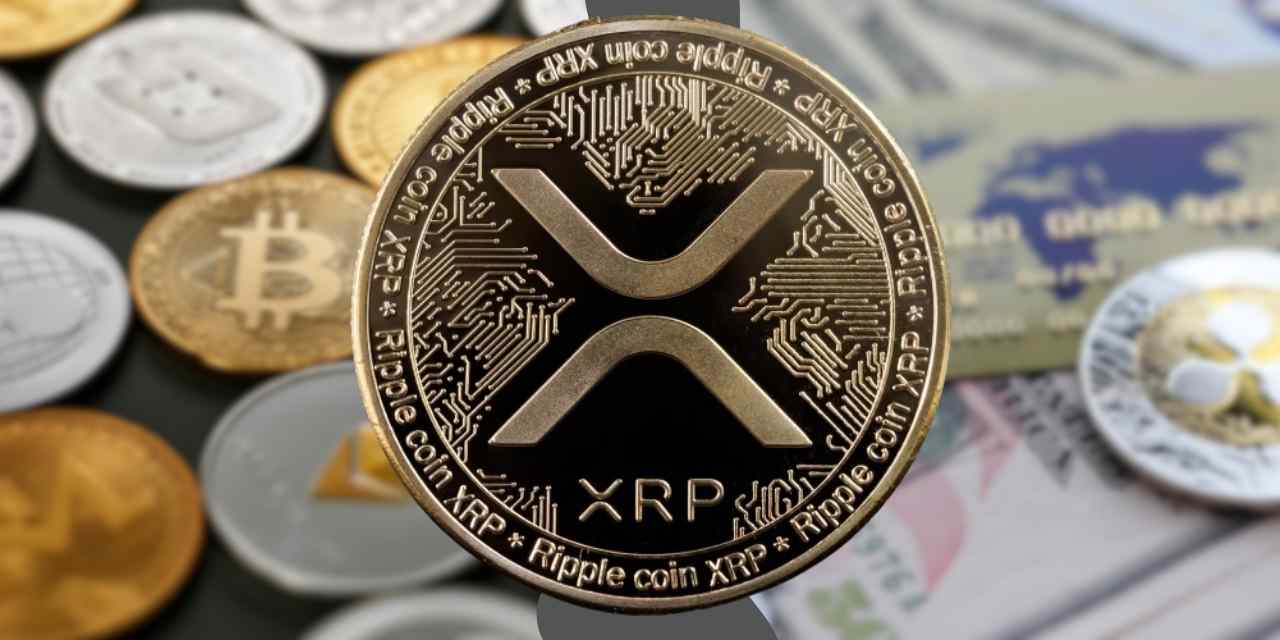
The CME Group officially launched XRP/USD futures this week, giving institutional investors a new way to gain exposure to XRP price action. However, instead of triggering a rally, the move was met with muted enthusiasm.
XRP’s price remains stagnant, hovering around $2.38 USD, with no clear breakout in sight. Analysts had hoped the introduction of regulated futures would mirror Bitcoin and Ethereum’s previous futures launches, which often preceded significant bullish runs.
But XRP appears to be bucking the trend.
Why this failed to impress:
- Traders are skeptical of short-term upside due to lingering regulatory concerns.
- Market sentiment remains weak, especially after XRP’s recent price declines.
⚖️ XRP Lawyer: “We Could Lose the Entire Stablecoin Market”
John Deaton, the outspoken legal advocate for XRP holders, is sounding the alarm over what he sees as a looming existential threat: the failure of the Genius Act, a bipartisan bill designed to regulate stablecoins in the U.S.
Deaton warns that without this legislation:
- The U.S. risks falling behind other countries in crypto innovation.
- Stablecoins could face regulatory limbo, leaving billions in digital dollars vulnerable to scrutiny.
- XRP and similar utility tokens could suffer from reduced demand in payment networks that rely on stablecoins as liquidity bridges.
“If Congress can’t pass this basic regulatory framework, we’re not just losing a market edge—we’re potentially losing the entire stablecoin market to offshore providers,” Deaton said during a recent appearance.
The Genius Act is seen as critical for setting standards for:
- Reserve transparency
- Issuer licensing
- Federal vs. state oversight
A failed vote could freeze the development of regulated dollar-pegged assets, which are central to XRP’s ecosystem of cross-border settlements.
For XRP investors, the stakes couldn’t be higher.
A regulated stablecoin environment would likely support RippleNet’s utility and restore confidence in U.S.-based crypto transactions. Without it, XRP’s adoption curve could stall.
🌟 In a Bleeding Market, Unilabs Soars
While XRP stumbles, Unilabs (UNI-X)—a rising decentralized infrastructure platform—has captured investor attention with triple-digit gains shortly after its 2026 launch.
According to CoinCentral, Unilabs offers:
- AI-integrated smart contract deployment
- Institutional-grade privacy features
- A dev-focused ecosystem that appeals to enterprise blockchain users
With XRP’s price action flat and investor sentiment cautious, Unilabs is emerging as a breakout token in a bearish environment, potentially signaling a shift in trader preferences toward more utility-driven assets.
📊 XRP Price Outlook: What Comes Next?
Despite institutional products like CME futures and a strong community, XRP’s price faces resistance due to:
- U.S. regulatory ambiguity
- Weak buying pressure from retail investors
- Overshadowing by newer utility tokens like Unilabs
Still, long-term XRP bulls remain hopeful that if the stablecoin bill does pass, it could restore clarity and catalyze a rebound.
🧠 Key Takeaways for Crypto Investors
- If the U.S. stablecoin bill fails, expect broader market volatility and reduced stablecoin liquidity, affecting XRP and other tokens tied to financial infrastructure.
- CME’s XRP futures launch underperformed expectations, signaling investor caution.
- Unilabs’ explosive growth demonstrates market appetite for next-gen DeFi and AI-integrated tokens.
- XRP’s future may hinge on upcoming U.S. legislation and renewed institutional trust.
Bottom Line
XRP investors are at a crossroads. As legal uncertainty and lackluster futures trading weigh on the token, new projects like Unilabs are seizing attention.
Regulatory decisions in the coming weeks could determine whether XRP rebounds—or continues to lag behind in crypto’s evolving ecosystem.

